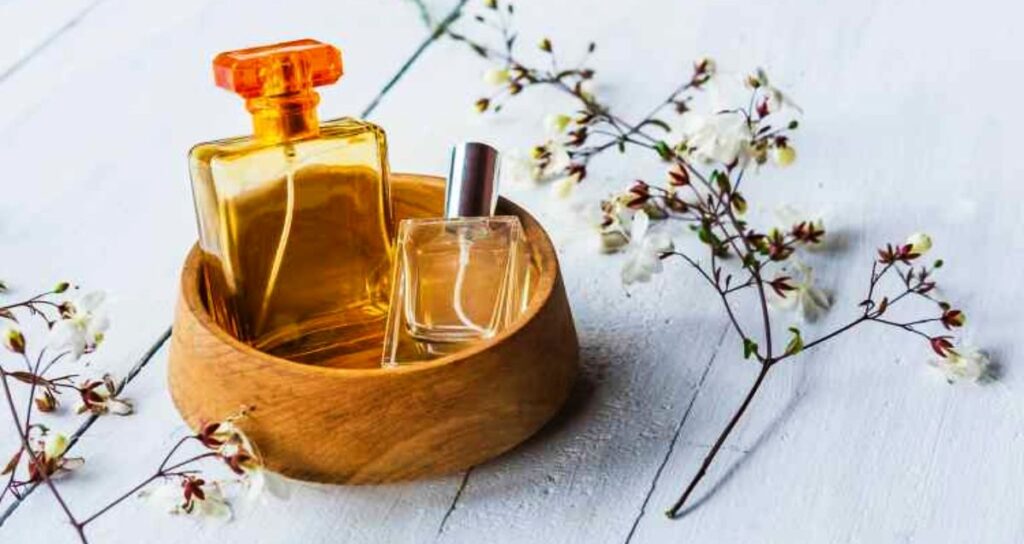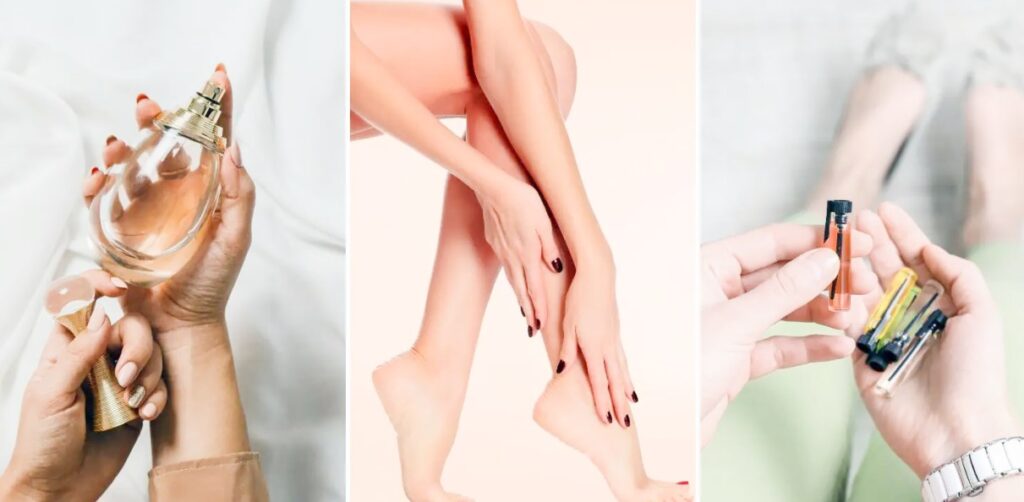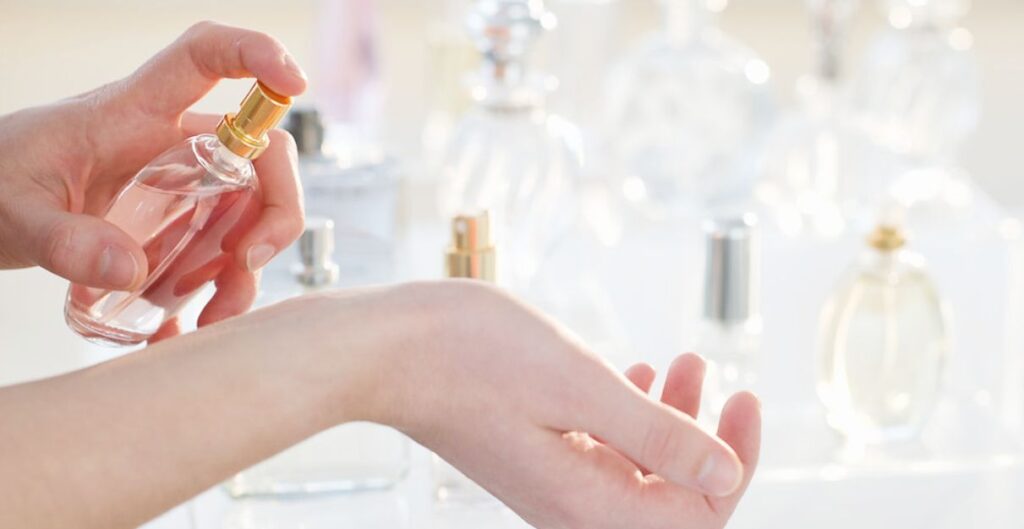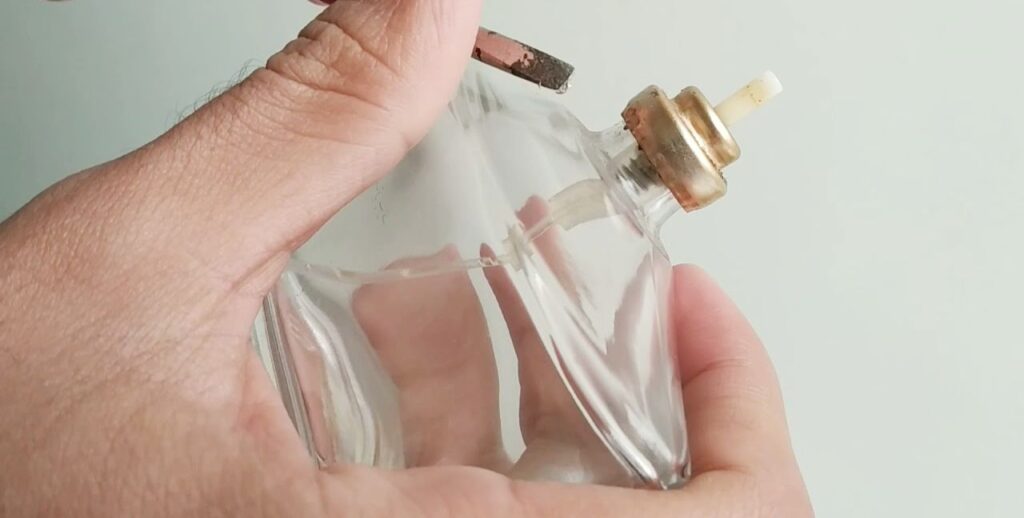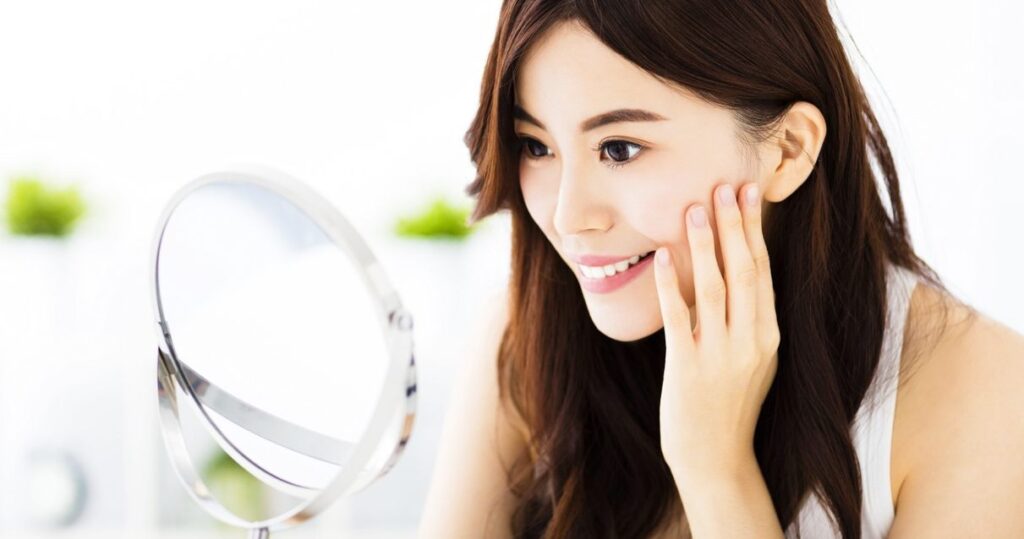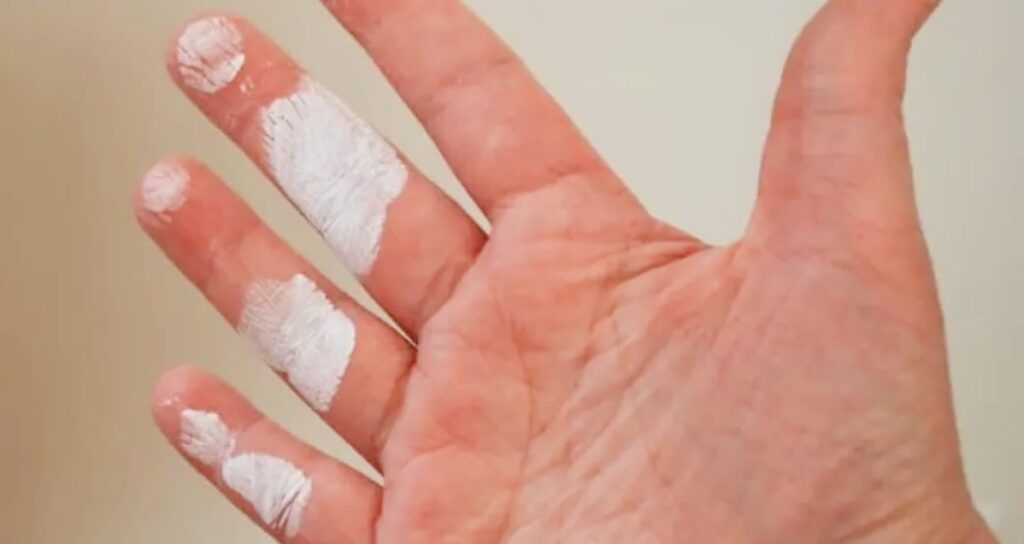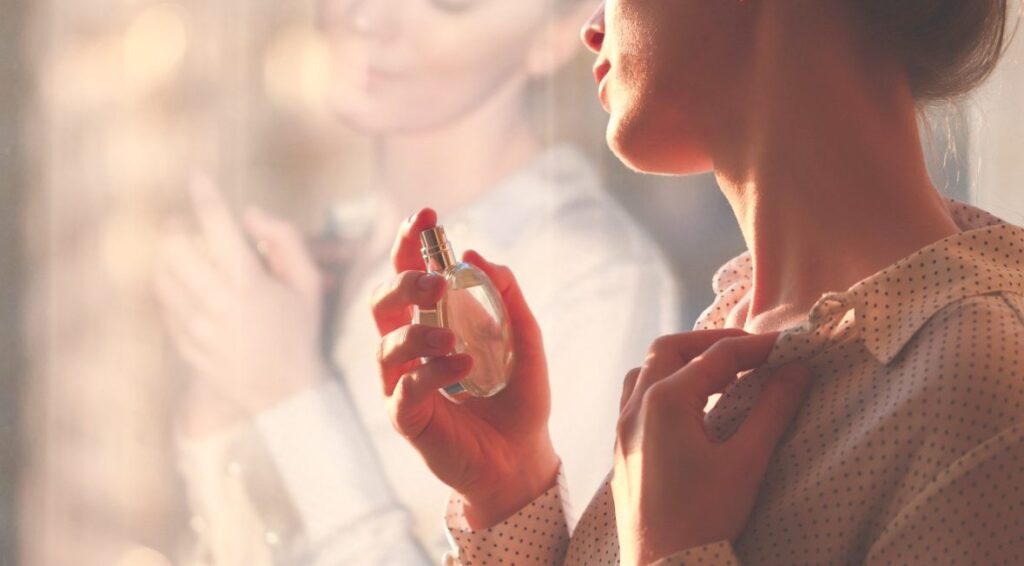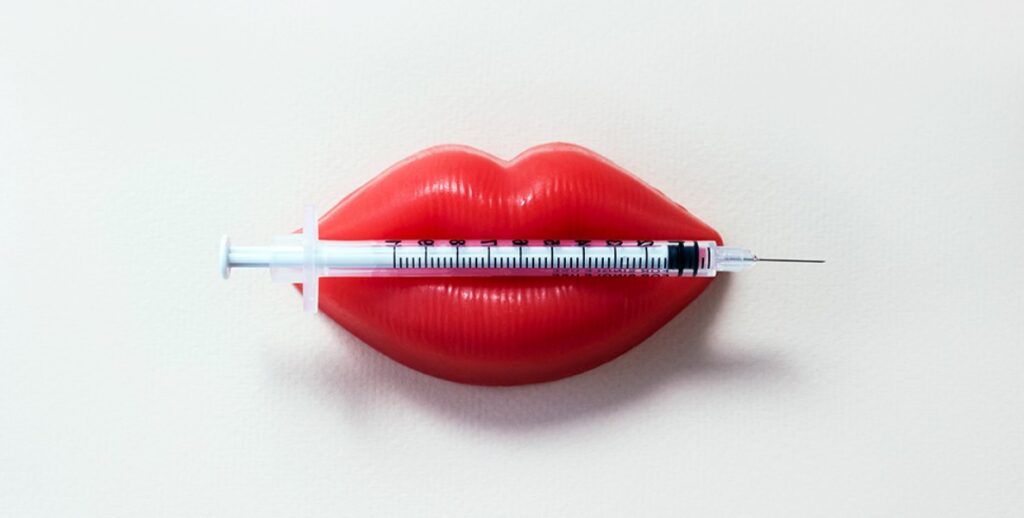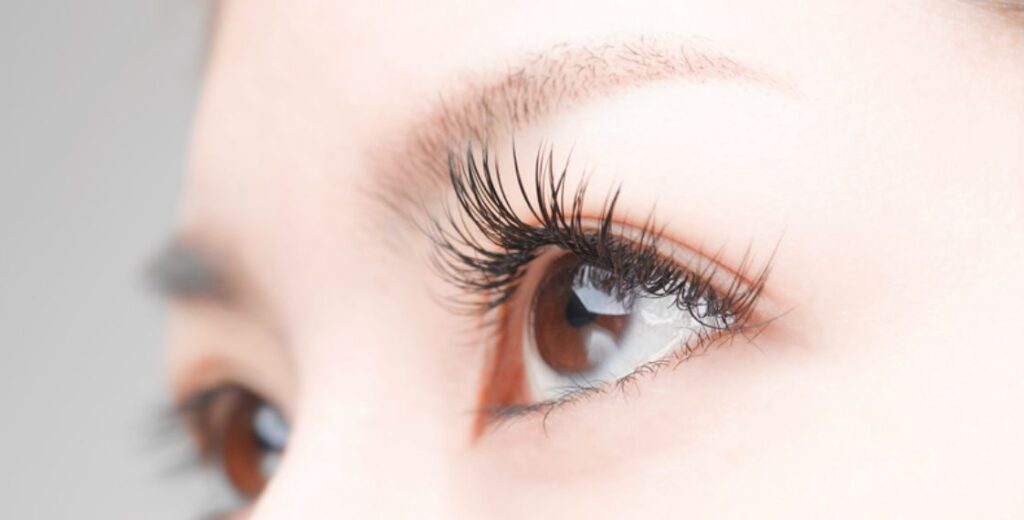Can You Return Perfume to Ulta?
Ulta Beauty is a go-to destination for beauty enthusiasts across the United States. With its vast selection of cosmetics, fragrances, and skincare products, it’s no wonder that customers occasionally find themselves questioning their purchases. If you’ve ever asked yourself, “Can you return perfume to Ulta?” you’re not alone. This article will provide you with a comprehensive guide on Ulta’s return policy for fragrances, ensuring that your shopping experience is as worry-free as possible. Ulta’s Return Policy Before delving into the specifics of returning perfume to Ulta, it’s essential to understand their general return policy. Ulta Beauty aims to provide a seamless shopping experience, and they are known for their generous return policy, but there are some important rules to keep in mind: Returning Perfume to Ulta Now, let’s get to the specific question at hand: Can you return perfume to Ulta? The answer is yes, but there are some nuances to consider: Unopened and Unused Perfume If you purchased a perfume from Ulta and have not opened it or used it, you should have no trouble returning it within the 60-day return window. Ensure that you have the proof of purchase and that the perfume is in its original condition. Defective or Damaged Perfume In the rare event that you receive a defective or damaged perfume, Ulta will accept returns and provide a refund or exchange. It’s crucial to inspect your perfume upon receipt to ensure its quality. Allergic Reactions Perfume can be a tricky purchase due to potential allergies or sensitivities. If you experience an allergic reaction to a perfume you’ve purchased from Ulta, it’s best to reach out to their customer service or visit a store. They may offer a return or exchange, although this is usually done on a case-by-case basis. Final Sale Perfumes Be cautious when purchasing perfumes marked as “final sale.” These items are typically non-returnable. It’s advisable to ask a store associate for assistance or thoroughly read the product description before making such a purchase. How to Initiate a Perfume Return If you meet the criteria for returning perfume to Ulta, follow these steps: Tips for a Successful Perfume Return To increase your chances of a successful return, here are some helpful tips: Ulta’s Commitment to Customer Satisfaction Ulta Beauty values its customers’ satisfaction, and its return policy reflects this commitment. When it comes to perfume returns, the general rule is that if it’s unopened, unused, and in its original condition, you’re likely to receive a hassle-free return. However, remember to keep your proof of purchase and be aware of any exceptions, especially with “final sale” items. If you ever have questions or concerns about returning a product to Ulta, don’t hesitate to reach out to their friendly and knowledgeable customer service team. They are there to help make your shopping experience a pleasant one. Read Also: Why Do Girls Put Perfume on Their Ankles? Conclusion In conclusion, the answer to “Can you return perfume to Ulta?” is yes, you can. Ulta has a customer-friendly return policy that allows for returns of perfume products within 60 days of purchase, even if they are opened and gently used. However, it’s essential to adhere to their return conditions, such as having the original packaging and proof of purchase. By following the tips provided and understanding the process, you can ensure a successful return experience. FAQs

